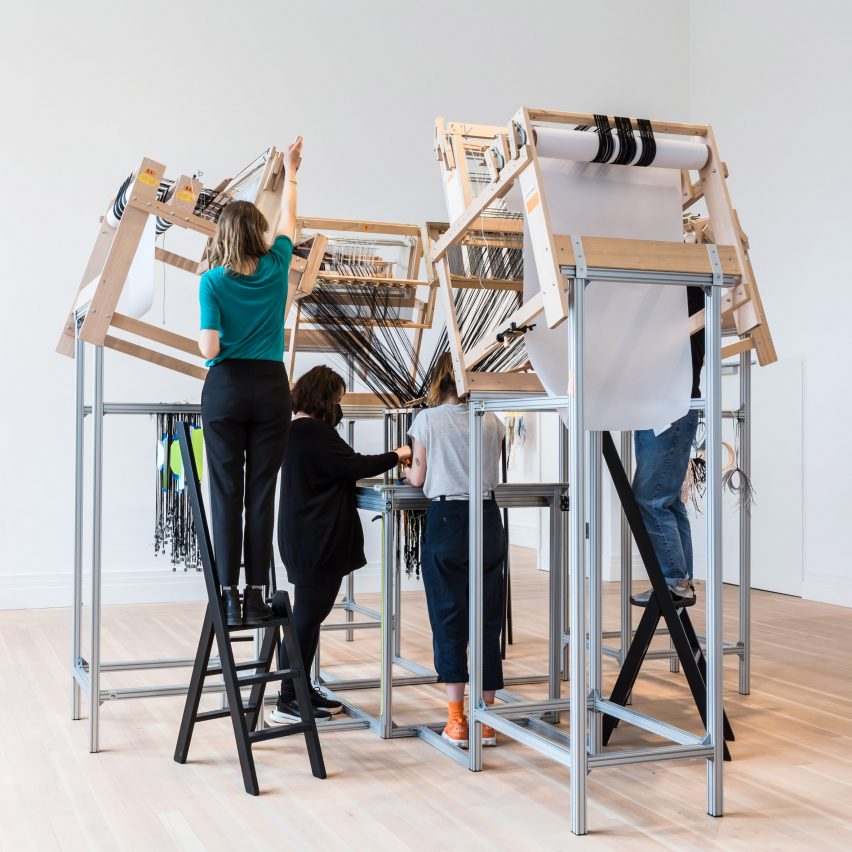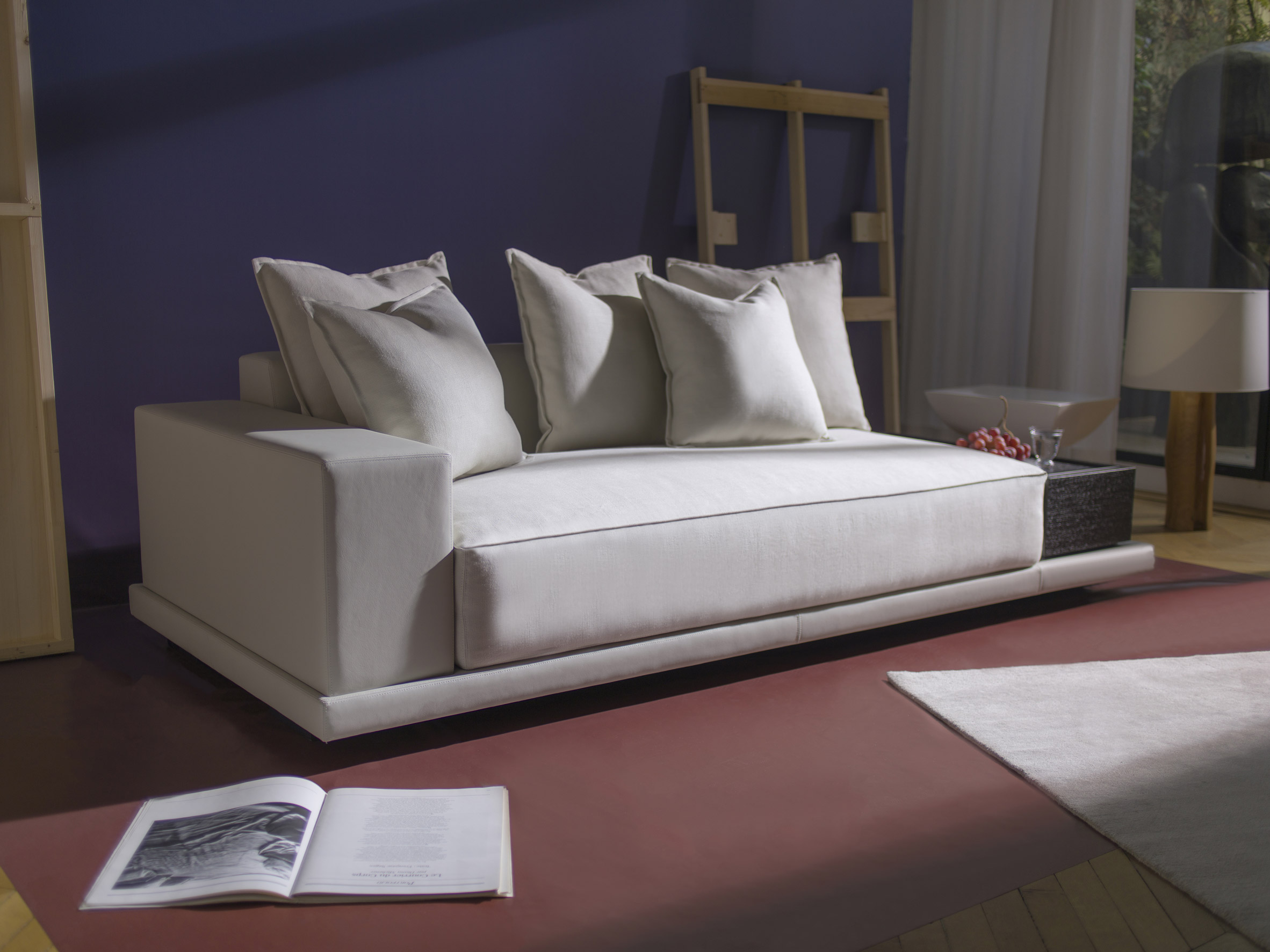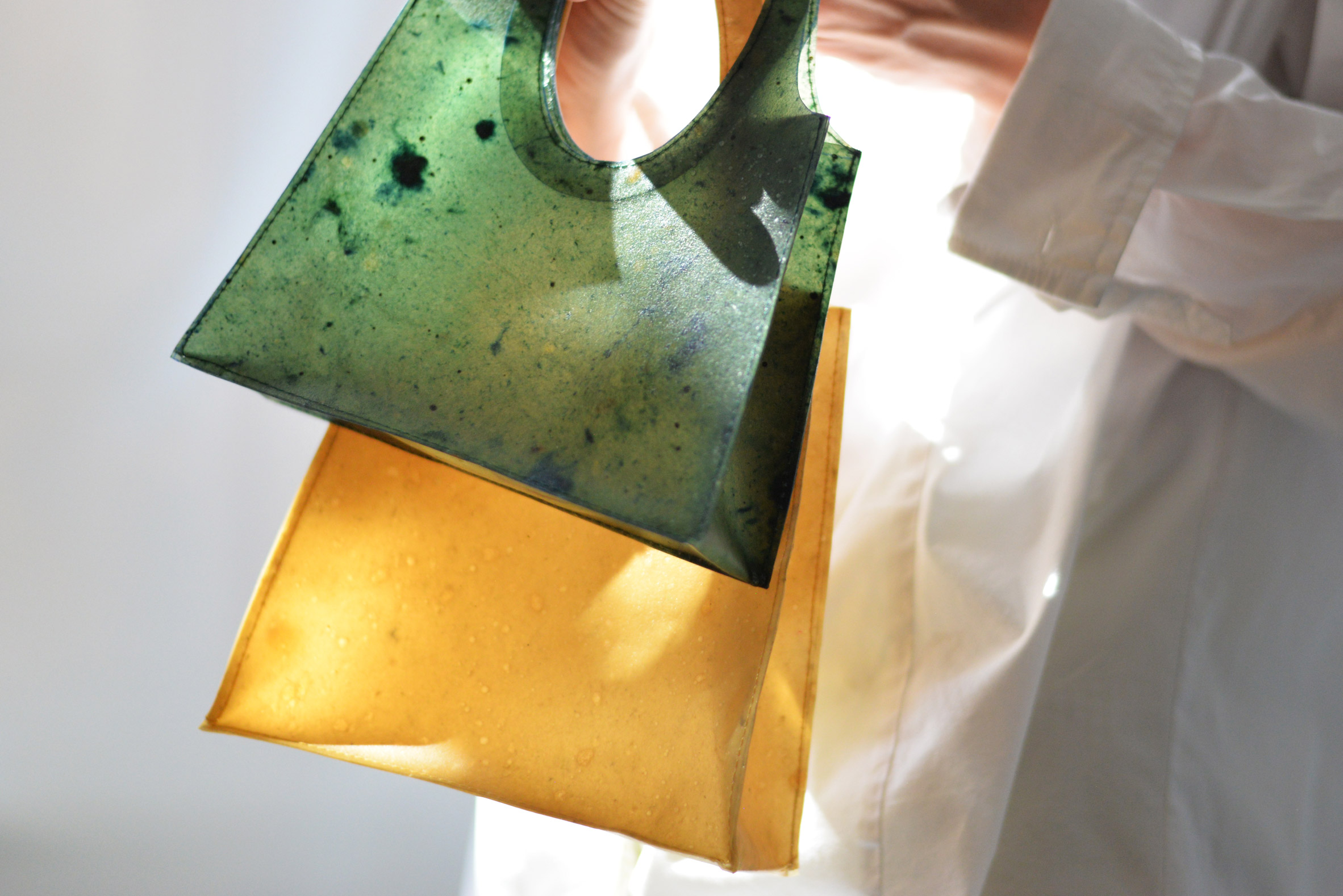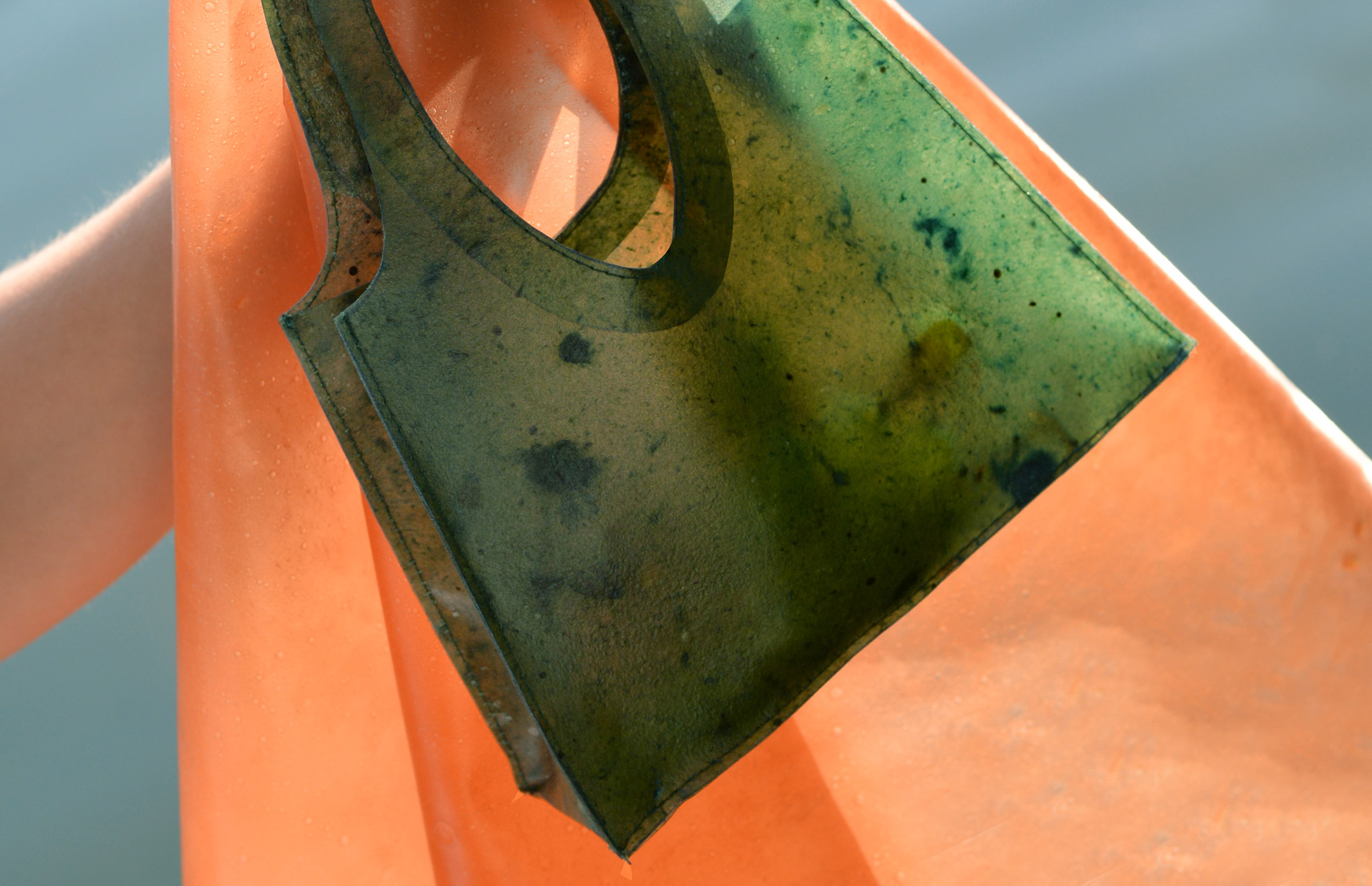
Dezeen Showroom: the Lapala chair by Spanish brand Expormim and studio Lievore Altherr Molina recalls the typical braided furniture of the Mediterranean but is made of innovative materials that can withstand the outdoors.
First created as an indoor chair by designers Alberto Lievore, Jeannette Altherr and Manel Molina in 1998, Expormim reissued Lapala in 2014 to give it a new life.
The outdoor furniture brand reimagined the design for outside use by replacing its original wicker construction with nautical rope.

The polyester rope is paired with a robust frame of stainless steel – another material with high resistance to harsh weather conditions.
The rope and frame colours can be mixed and matched, with an option of 10 different hues for the rope and seven finishes for the painted stainless steel.

The seats are handwoven by Expormim's expert craftspeople in the Spanish town of Moixent, with a tight plait that the brand describes as both comfortable and elegant.
Adding to its utility, the Lapala chair is stackable and comes as a dining chair, armchair, dining armchair and stool.
"Conceived for those charming patios and cosy terraces where the borders between the indoor and the outdoor space get diluted, Lapala helps create a unique space through its beautiful neat lines and discreet elegance," said Expormim.
Product: Lapala
Designer: Lievore Altherr Molina Studio
Brand: Expormim
Contact: export@expormim.com
About Dezeen Showroom: Dezeen Showroom offers an affordable space for brands to launch new products and showcase their designers and projects to Dezeen's huge global audience. For more details email showroom@dezeen.com.
Dezeen Showroom is an example of partnership content on Dezeen. Find out more about partnership content here.
The post Lapala chair by Lievore Altherr Molina for Expormim appeared first on Dezeen.
from Dezeen https://ift.tt/3tRNAgm















